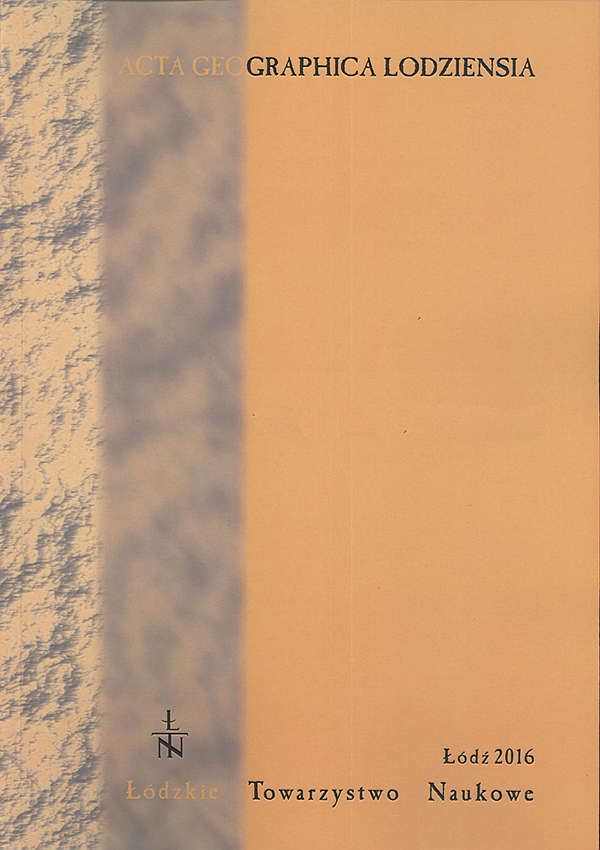Litologia, geneza i wiek osadów w Kalnikowie i Chotyńcu na Płaskowyżu Tarnogrodzkim (Kotlina Sandomierska)
Lithology, origin and age of sediments in the Kalników and Chotyniec in the Tarnogród Plateau (Sandomierz Basin)
Author(s): Piotr Gębica, Sławomir Superson, Katarzyna Trybała-Zawiślak, Barbara WoronkoSubject(s): Regional Geography, Environmental Geography, Geomatics
Published by: Łódzkie Towarzystwo Naukowe
Keywords: grain size; quartz grain roundness, OSL dating; archaeological sites; Tarnogród Plateau
Summary/Abstract: The article presents the results of grain size, quartz grain roundness analysis and OSL datings, differing in origin and age of the Quaternary deposits (aeolian, fluvial, fluvioglacial) occurring in the archaeological sites in the southern part of the Tarnogród Plateau. The dune sediments in the Kalników-Zagrebla site of a thickness of 1.2 m are characterized by the domination of fine grains with the mean diameter Mz=2.9 phi. Such fine sediments are unusual in the Late Glacial dunes in the Sandomierz Basin. The deposition of the dune was dated by the OSL to the Younger Dryas. The dunes are underlain by fine sands with thin gravel horizons of fluvioglacial origin, which represent the redeposited sediments according to quartz grain roundness analysis. The terrace of the Wisznia River 6–8 m above the river channel is built of horizontally bedded fine sands, which form the natural levees on the terrace surface. Structural features and the distribution of grain size parametres indicate, that sands were accumulated in the proximal part of the floodplain. An analysis of the silty-sandy sediments covering the plateau around the hill-fort rampart from the Celtic Period in Chotyniec site, excluded their weathering origin and proved their aeolian genesis.
Journal: Acta Geographica Lodziensia
- Issue Year: 2017
- Issue No: 106
- Page Range: 65-86
- Page Count: 50
- Language: Polish

